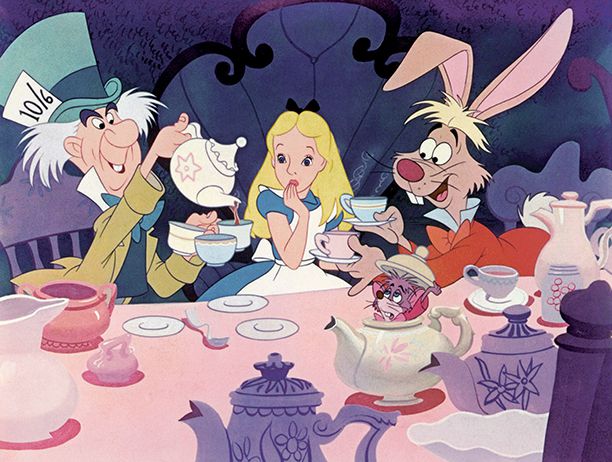Are you looking to expand your English vocabulary while enjoying a classic tale? Dive into Lewis Carroll's "Alice's Adventures in Wonderland" to discover a world of whimsical words and phrases that will not only improve your language skills but also delight your imagination.
Useful Vocabulary for A1 Learners
As an A1 English learner, "Alice in Wonderland" is an excellent choice for practicing your reading comprehension and vocabulary acquisition. The story follows Alice as she falls down a rabbit hole into a fantastical world filled with peculiar creatures and nonsensical happenings. Along the way, you'll encounter a variety of vocabulary that is both useful and entertaining.
| Word | Definition |
|---|---|
| Curtsy | A respectful gesture, usually performed by women and girls, involving a slight bending of the knees. |
| Peep | To look quickly and furtively at something, often with the eyes partially closed. |
| Nonsensical | Lacking sense or meaning; absurd or ridiculous. |
| Peculiar | Strange or odd; unusual. |
| Whimsical | Playfully quaint or fanciful, especially in an appealing and amusing way. |
| Riddle | A question or statement that teases the mind, requiring thought and often with a clever or humorous answer. |
| Madcap | Amusingly eccentric; wildly or heedlessly impulsive. |
| Jabberwocky | Nonsense language or meaningless speech, especially in a literary work. |
| Caucus-race | A race in which all the competitors receive prizes. |
| Slithy | Slimy and lithe, often used in the poem "Jabberwocky" to describe a creature. |
| Frabjous | Wonderful, elegant, or superb. |
Everyday English in a Fun Context
One of the key benefits of reading "Alice in Wonderland" is the exposure to everyday English vocabulary in a fun and engaging context. You'll encounter words related to animals, colors, emotions, and actions, all of which are essential for building a strong foundation in English.
Playful Use of Language
Additionally, Carroll's playful use of language introduces readers to new and imaginative terms that are not commonly found in everyday speech. For example, you'll meet characters like the Cheshire Cat, who speaks in riddles and introduces Alice to the concept of "madness" in a lighthearted manner.
Idiomatic Expressions and Wordplay
Another aspect of "Alice in Wonderland" that makes it valuable for A1 English learners is its use of idiomatic expressions and wordplay. Through Alice's interactions with the quirky inhabitants of Wonderland, you'll come across phrases like "curiouser and curiouser" and "off with their heads," which add depth to your understanding of English language and culture.

Reading Comprehension Practice
In addition to vocabulary, "Alice in Wonderland" offers A1 English learners the opportunity to practice reading comprehension skills. The story's simple narrative structure and engaging plot make it accessible to readers at this level, allowing you to focus on understanding the text and expanding your vocabulary.
Enhancing the Learning Experience
To enhance your learning experience, consider using a bilingual edition of "Alice in Wonderland" that includes translations of unfamiliar words and phrases. This will help you deepen your understanding of the text while building your English vocabulary.
Reading "Alice in Wonderland" on Bookvo
If you're eager to start exploring the world of "Alice in Wonderland" and expand your A1 English vocabulary, you can conveniently read the book on the Bookvo app. Bookvo allows users to read and listen to audiobooks simultaneously, offering a dynamic and immersive reading experience. With features like a built-in dictionary to translate unfamiliar words, Bookvo makes it easy for A1 English learners to enjoy this classic tale while enhancing their language skills. Simply download the Bookvo app, find "Alice in Wonderland" in the library, and embark on an adventure through Wonderland today!










